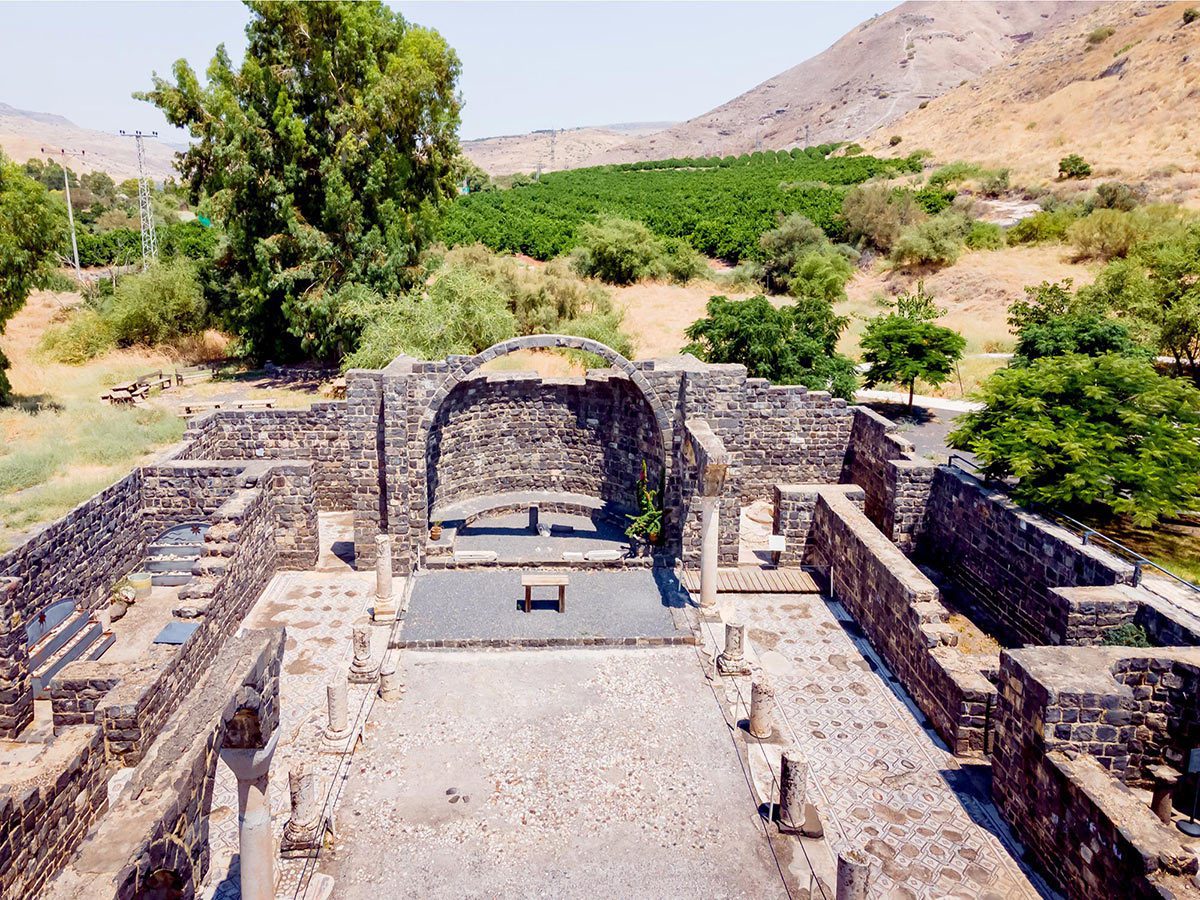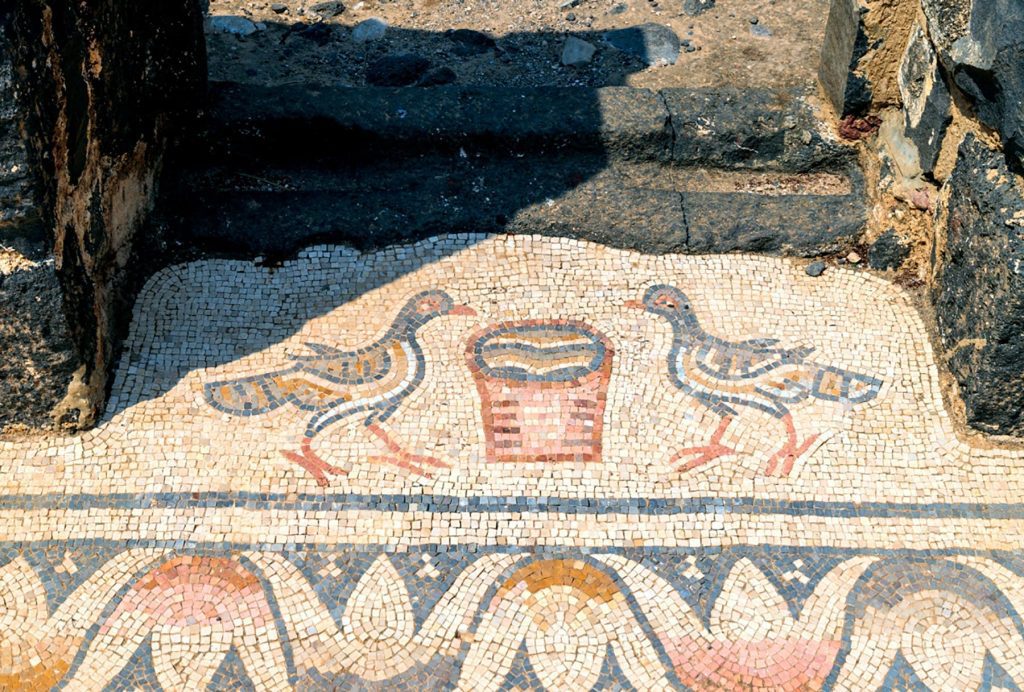So the Miracle of the Swine is one of the miracles performed by Jesus according to the New Testament. The story shows Jesus exorcising a demon or demons out of a man and into a herd of swine; causing the swine to run down a hill into a lake and drown themselves. The traditional location today is in Kursi National Park up the Golan. The story appears in the three Synoptic Gospels, but not the Gospel of John. All accounts involve Jesus exorcising demons, identified collectively in Mark and Luke as “Legion”.

The Miracle of the Swine According to the Synoptic Gospels
The earliest account of the miracle of the swine is from the Gospel of Mark (Mark 5:1–20); in which Jesus goes across the sea into the “region of the Gerasenes”. There, a man “possessed by a demon” comes from the caves to meet him. People had tried to tie him down but he was too strong to be bound; even with chains for he would always break out of them; night and day among the tombs and in the hills he would cry out and cut himself with stones.
The Name of One of the Demons is Legion
Jesus approaches and calls the demon to come out of the man, who replies “What do you want with me, Jesus, Son of the Most High God? I beg you in the name of God never to torment me!” Jesus asks the demon for his name and is told “My name is Legion, for we are many”. The demons beg Jesus not to send them away. But instead to send them into the pigs on a nearby hillside, which he does. About two thousand in number, the herd rush down the steep bank into the sea and are drowned.

The Miracle of the Swine According to Matthew
The author of the Matthew Gospel shortens the story more dramatically (Matthew 8:28–34) and writes not of one possessed man, but of two. In this version, Jesus does not ask for the demon’s name – an important element of traditional exorcism practice.
The location is also changed to the region of the “Gadarenes” (Gadara) as in most Bible translations. The King James Version in (Matthew 8:28) has the location as “Gergesenes” which corresponds to the modern “Kursi” (Kheras), the most plausible location of the Gospel event.
The Miracle of the Swine According to Luke
The Lucan gospel version (Luke 8:26–39) shortened this but retained most of the details. One detail that the Lucan gospel has but the other gospel writers lack is a reference to both the demoniac’s nakedness and his subsequent clothing. At Luke 8:27, the gospel writer notes that the demoniac wore no clothes. Then he notes that he “was clothed and in his own mind” (Luke 8:35).
Furthermore, clothing is an important prop in the Lucan narrative, which in this scene portrays the demoniac’s development from his animal-like state to his restoration as a human being. Initially, the possessed man has been expelled from the human race—that is, he is no better off than an animal without clothing—but, after his exorcism, his humanity is fully restored and he rejoins the human race, “clothed and in his right mind” (Luke 8:35). “Clothing [thus] marks the man’s transition from a feral, mad state to a human, rational one.”


